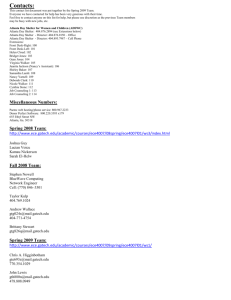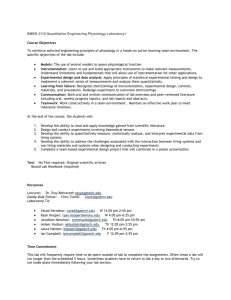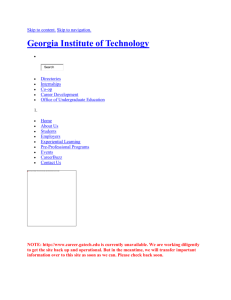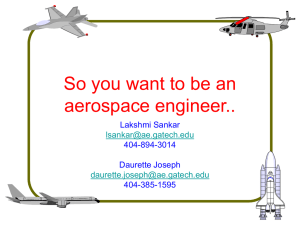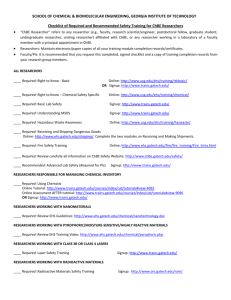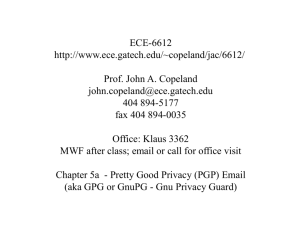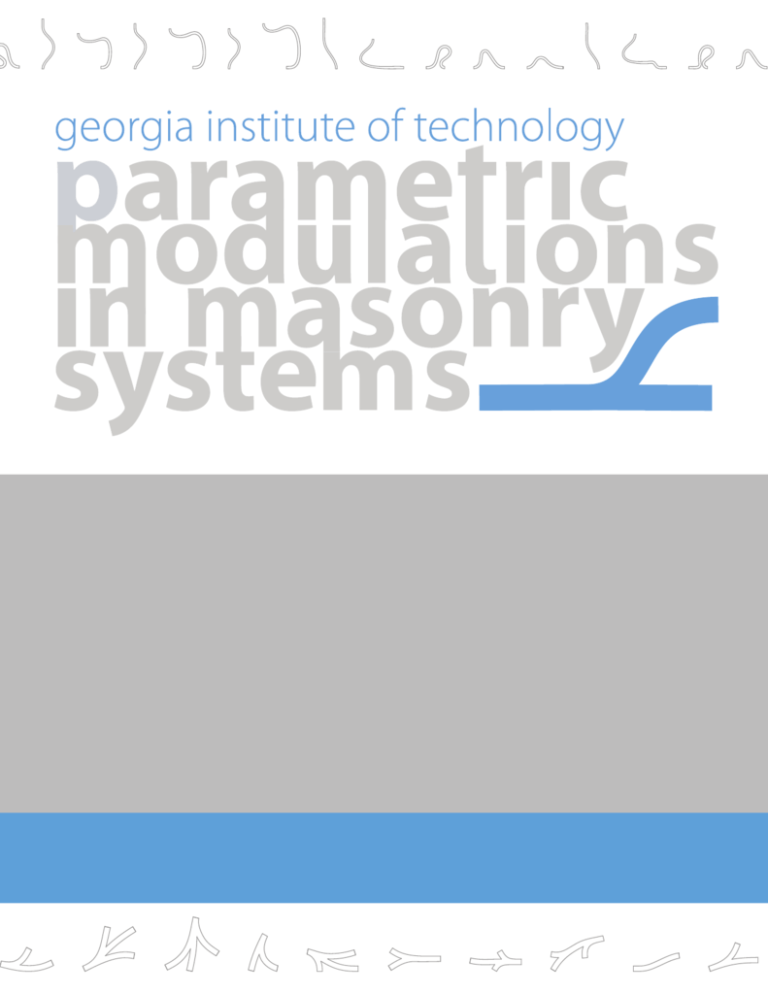
introduction
In between the abstraction of
Idea Space and the reality of
materialized Body Space is the
space of potentialities.
This
space can be considered the
Solution Space, or as we call
it, the Formation Space. The
research into digital manufacturing
at the Advanced Wood Products
Laboratory at Georgia Tech
is focused on exploring how
advanced digital representations
can interact with state-of-the-art
CNC fabrication equipment and
various material logics to expand
this Formation Space and push
design towards systematized,
bottom-up formations that are
informed and directed through
materials, techniques, and variable
systems of construction.
The work exhibited here is the
product of an advanced research
seminar
entitled
Parametric
Modulations in Masonry Systems.
The course was a semester-long
graduate research seminar taught
by Professor Tristan Al-Haddad
in the College of Architecture at
Georgia Institute of Technology
in Spring 2007. The research
focused on issues of modular
variation in Ultra-High Performance
Concrete that lead the students
to the development of two
variable systems of construction,
‘S-Concrete’ and ‘Curva’. Each
system is based on an invariant
topological model that can be
directly translated to an equivalent
‘topological mold’. Conceptually,
the systems would allow for
the production of
continuous
geometric variations from a
single reconfigurable mold, thus
reducing the amount of material
and energy consumption required
to produce unique objects… not
to mention cost. The internal
logic of each system gives way to
the final design through a kind of
bottom up approach to design…
i.e., ‘what does the module want
to be’, and in how many ways
can it be deployed in order to
‘commodiously’ adapt to its
context, both physical, social, and
psychological.
Ultra-High Performance Steel
Fiber
Reinforced
Concrete
was selected as a material for
investigation due to its ability to
be easily cast into complex molds
without traditional steel reinforcing.
This material has the potential to
form very thin structural sections
of both synclastic and anticlastic
doubly curved surfaces in a very
perspective view at eye level
economical mode leading the way
to the ubiquitous production of
geometric complexity without high
material/energy costs.
- Tristan Al-Haddad
establishing framework
The basic module of the
‘s-concrete’ system is based on a
hexagonal formwork and two third
degree nurb splines that originate
from and end at points lying directly
on the hexagon, while propagating
through a series of control points
within the formwork. Using digital
project, the basic module was
digitally remade, to allow for exactly
the same degrees of freedom
and constraints as present in the
physical model. This was followed
by a study of possible module
aggregation strategies, to examine
the questions of connections and
structure. The aggregated model
was then tested for variations by
Which word
does not belong?
sit. relax. soft. concrete.
All materials have a social context
and can often act as metaphors
for complex ideas. In this case,
the material itself was used a form
driver for the individual module.
Concrete is a material whose
attitude embodies urban life. While
its primary role exists as a building
material, it soon after becomes
a surface for unforeseen uses
including a canvas for graffiti, an
anchor for the roots of urban plant
growth, and a relaxing surface for
passersbys. These functions and
associated forms can be seen in
the final design.
changing the endpoints of the nurb
splines, location of control points,
length and angle of hexagon and
the distance between splines,
followed by an analysis of changes
of the basic module and it’s affect
on the neighboring module.
fabricating framework
Systematizing the formwork was
followed by design and testing of
a reconfigurable mold system that
could map the digital variations
onto a physical mold, which can
then by used to cast concrete. The
reconfigurable mold and a series
of physical mock-ups established
a feedback loop that defined the
scope of possible variations.
The system operates on a set of 3
principles:
1) each module shall have 1, 2, or
3 branches
2) each module is fit into a 1.5’ x
1.5’ square
3) the modules will self-populate
based on a desired height
Instances of use were first identified
to fill the space. By assigning parts
of the system to act as a bench,
chaise, and bookshelf, appropriate
side elevation heights were
derived and the individual modules
were applied. The result is a
sculptural sentence composed of
a masonry alphabet attempting to
deploying framework
The interior construct, using the
‘s-concrete’ system, can be
imagined to be a snap-shot from a
series of possible iterations, which
attempts to investigate the
capability of generated variations
to support multiple programmatic
functions.
- Vishwadeep Deo
system a: ‘s-concrete’
system b: ‘curva’
challenge the typical uses of High
Performance Concrete. It speaks
of sitting, organizing, touching, and
a fresh use for concrete. Used as
a purely functional and aesthetic
medium, the concrete is translated
from a building material to a furniture
material and consequently scaleddown to human proportions. With
this brings the confrontation of its
standard uses while providing the
basis for new ones.
- Ted Ullrich
Fabrication
Connections
2”
2”
2”
2
International Contemporary Furniture Fair
Jacob K Javits Center, New York City
May 19-22 2007
The Advanced Wood Products Laboratory Georgia Tech College of Architecture
Masonry Institute of America - Masonry Institute
Research Grant
Lehigh White Cement - White Portland Cement
Bekaert - Dramix Steel Fibers
Lafarge - Fly Ash and Fine Aggregate
Grace Construction Products - Force 10,000 D
Silica Fume and WRDA 35 Water Reducing Agent
‘Mother Earth’ - H2o
tristan al-haddad
breck baird
hui cai
ira dennis
vishwadeep deo
ajeeta dhole
tasnouva habib
hojin lee
erin lindley
lorraine ong
andres oyaga
bryan peter
pallavi phor
shreyansh
chad stacy
ted ullrich
kan zheng
college of architecture
at georgia tech
© Georgia Institute of Technology - All Rights Reserved - Spring 2007
tristan.al-haddad@coa.gatech.edu
breck@mail.gatech.edu
hcai3@mail.gatech.edu
iradennis@mail.gatech.edu
gth845s@mail.gatech.edu
ajeeta.dhole@mail.gatech.edu
gth820p@mail.gatech.edu
gtg204u@mail.gatech.edu
gtg143u@mail.gatech.edu
lorgraong@yahoo.com
andresdesign@gmail.com
gtg166u@mail.gatech.edu
phor@mail.gatech.edu
shreyansh3@mail.gatech.edu
gtg185u@mail.gatech.edu
tullrich@gmail.com
gtg109s@mail.gatech.edu
http://www.coa.gatech.edu
document design by ted ullrich

